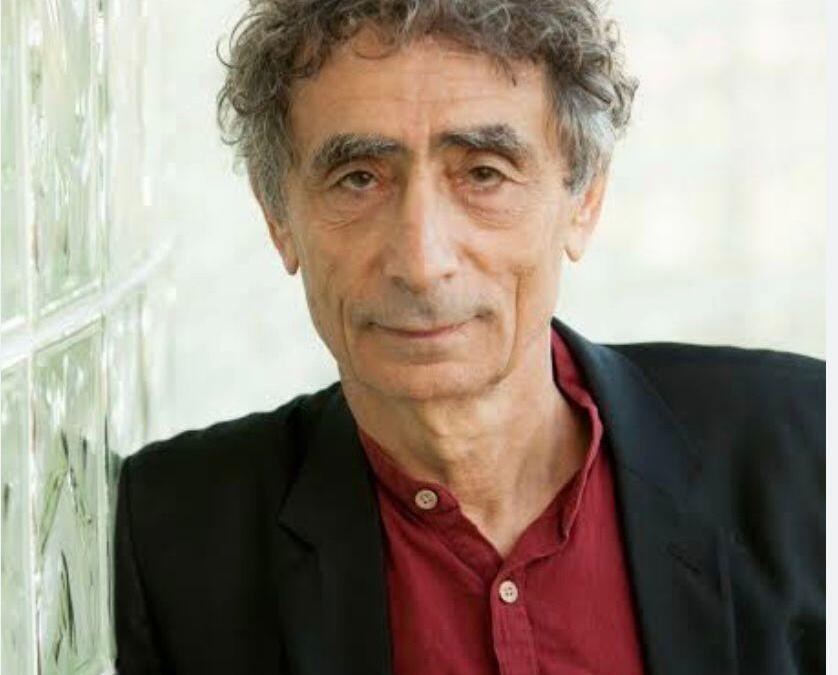Dr Garbor Mate
As a Western-trained doctor, I have long been aware of modern medicine’s limitations in handling chronic conditions of mind and body. For all our achievements, there are ailments whose ravages we physicians can at best alleviate. In our narrow pursuit of cure, we fail to comprehend the essence of healing.
Thus the popularity of ayahuasca, the Amazonian plant medicine that many Westerners seek out for the healing of physical illness or mental anguish or for a sense of meaning amid the growing alienation in our culture.
The recent killing by a Canadian during an ayahuasca ceremony at a Peruvian shamanic centre brought unwelcome but perhaps necessary attention to this mysterious brew.
A holistic understanding informs many aboriginal wisdom teachings. Like all plant-based indigenous practices around the world, the use of ayahuasca arises from a tradition where mind and body are seen as inseparable.
“Ayahuasca may achieve in a few sittings what many years of psychotherapy can only aspire to do.”
A woman I know was completely immobilized by an often-fatal autoimmune condition. Two years ago, she began to work with ayahuasca. She now moves about independently and with self-reliant authority.
Another, having made more than a dozen suicide attempts, is today animated by energy and hope.
I have witnessed people overcome addiction to substances, sexual compulsion and other self-harming behaviours. Some have found liberation from chronic shame or the mental fog of depression or anxiety.
The plant is not a drug in the Western sense of a compound that attacks pathogens or obliterates pathological tissue. Nor is it a chemical taken chronically to alter the biology of a diseased nervous system. And it is far from being a recreational psychedelic ingested for escapist purposes.
In its proper ceremonial setting, under compassionate and experienced guidance, the plant – or, as tradition has it, the spirit of the plant – puts people in touch with their repressed pain and trauma, the very factors that drive all dysfunctional mind states. Consciously experiencing our primal pain loosens its hold on us. Thus ayahuasca may achieve in a few sittings what many years of psychotherapy can only aspire to do. People can re-experience long-lost inner qualities such as wholeness, trust, love and a sense of possibility. They quite literally remember themselves.
The unity of mind and body, well-documented by current scientific research, means that such experiential transformation can powerfully affect the hormonal apparatus, the nervous and immune systems and organs such as the brain, the gut and the heart. Hence ayahuasca’s potential healing capacity.
It is not all good news. Ayahuasca can be exploited for financial gain by unscrupulous practitioners or even for the sexual gratification of healers preying on vulnerable clients, most often young women. Such cases are notorious in the ayahuasca world.
Nor is the plant a panacea. Nothing works for everyone. Its very power to penetrate the psyche can awaken deeply repressed hostility and rage. Although ayahuasca-related violence is exceedingly rare – almost unheard of – something like that may have occurred in the recent incident in Peru.
All the more reason, then, to approach ayahuasca with caution, profound respect and only in the right context.
Ayahuasca healing center Peru
Ayahuasca Iquitos
Ayahuasca best retreats
Flower of life Ayahuasca healing center Peru
Shamanic healing course
If you feel this called join us for an transformational plant medicine retreat program at Flower of Life Healing center in Peru .
More details and information
WhatsApp +1 (786) 393-0799
www.floweroflifeperu.com

